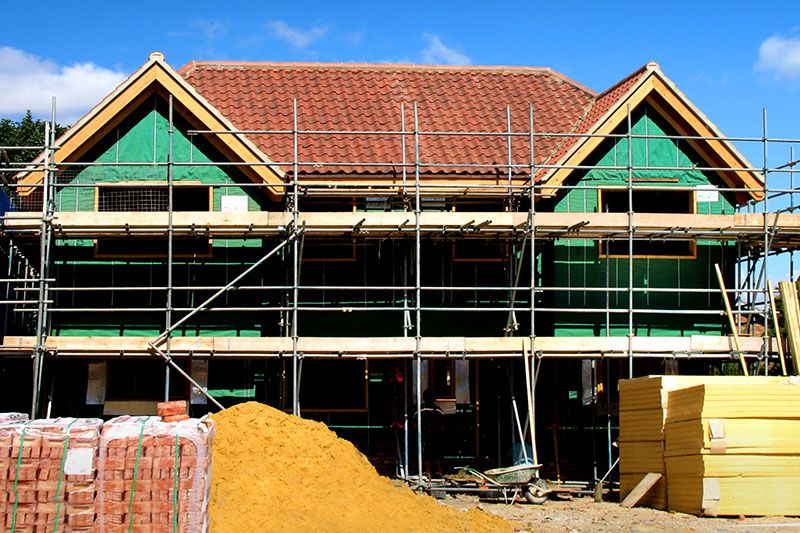
Brexit: today’s housing market
Since the UK’s decision at the Brexit polls on 23rd June, the UK and its housing market has been in a state of flux. Rhetoric has continued to flow from the two camps; the UK will either face total meltdown or prosper way beyond the realms of possibility than when within the EU. The housing market has long been one of the country’s most important economic indicators, and yet it still cannot decide where its future lies.
Early indications suggest some cooling of the industry. The Halifax House Price Index has shown continued signs of slowing prior to the vote. House sales (including first time buyers) decreased to the middle of June, as did the number of mortgage approvals. Despite this decline, compared to the same period in 2015, the market is still well ahead. It is difficult to distil the effect of Brexit as yet; these fluctuations also coincide with changes to stamp duty. However, house-building is up to its highest level since 2007, with over 40,000 new homes registered with the NHBC during the second quarter. Estimates suggest a further 300,000 new homes are still required annually. Future demand and thus activity should continue to be created.
The lettings market reflects a similar pattern, although by only a very slight margin. ONS statistics show that growth has been slightly stifled, with the increase in rental prices achieved dropping from 2.5% to 2.4% between May and June when compared to 2015.
Stamp Duty Changes
Changes to stamp duty are of course of huge interest to property investors. The new increases to the rates affecting exclusively those purchasing additional residential properties. HM Treasury introduced the measure to promote home ownership throughout the UK. The Government claims that the additional funds will be diverted to providing additional affordable housing.
Improvements in Red Tape?
One of the most commonly-used arguments of the ‘leave’ campaign was one of reduced regulation, red tape and bureaucracy. Whilst the future remains uncertain, it is hard to discount this argument. Much of the regulation that the UK development and construction market suffers are pan-European rules. In many cases these have not been relevant to the activities of our housing market. The redundancy of the EU’s Habitats Directive will speed up development; removing the limitations imposed by the EU (particularly in relation to animal species that are not endangered within the UK!).
Likewise, the UK’s housing market may be able to provide its own kick start with the potential lifting of the EU Mortgage Credit Directive. This could remove the need for developers and house-builders to register as financial advisers in order to provide funding to customers of their developments. Whilst the Financial Conduct Authority may interject; the Government will surely review the opportunity presented to stimulate further growth.
Interest rate changes
Just over a week ago, the Bank of England cut interest rates to a new record low of 0.25%. This cut is one of a number of mechanisms to stimulate growth in the economy. For property investors, it offers the opportunity to borrow with decreased costs; a surefire shot in the arm for the wider economy. The real acid test will be if enough confidence is given to developers to grow their investment plans.
Labour
Another major argument for the leave campaigners was the closure of borders to economical immigrants to ‘protect UK jobs’. However, the construction industry has long warned of the risks to the construction and property markets if skilled immigrant labour becomes limited. The argument remains a key component of Government dialogue; with high stakes in play.
Conclusion for the housing market
Given the vast array of influences on the UK housing market, and the proximity to the Brexit vote, it is still impossible to see a clear picture of where the market will go. Outside effects such as the stamp duty changes have not had sufficient time to correct the market. And it is unlikely that these steps can be measured separately from the Brexit euphoria. Underlying demands in the housing market will remain, but the future lies in the hands of the Government and their steps to ensure ongoing growth.
Domestic, House Price Index, Housing market, Market, Property Management